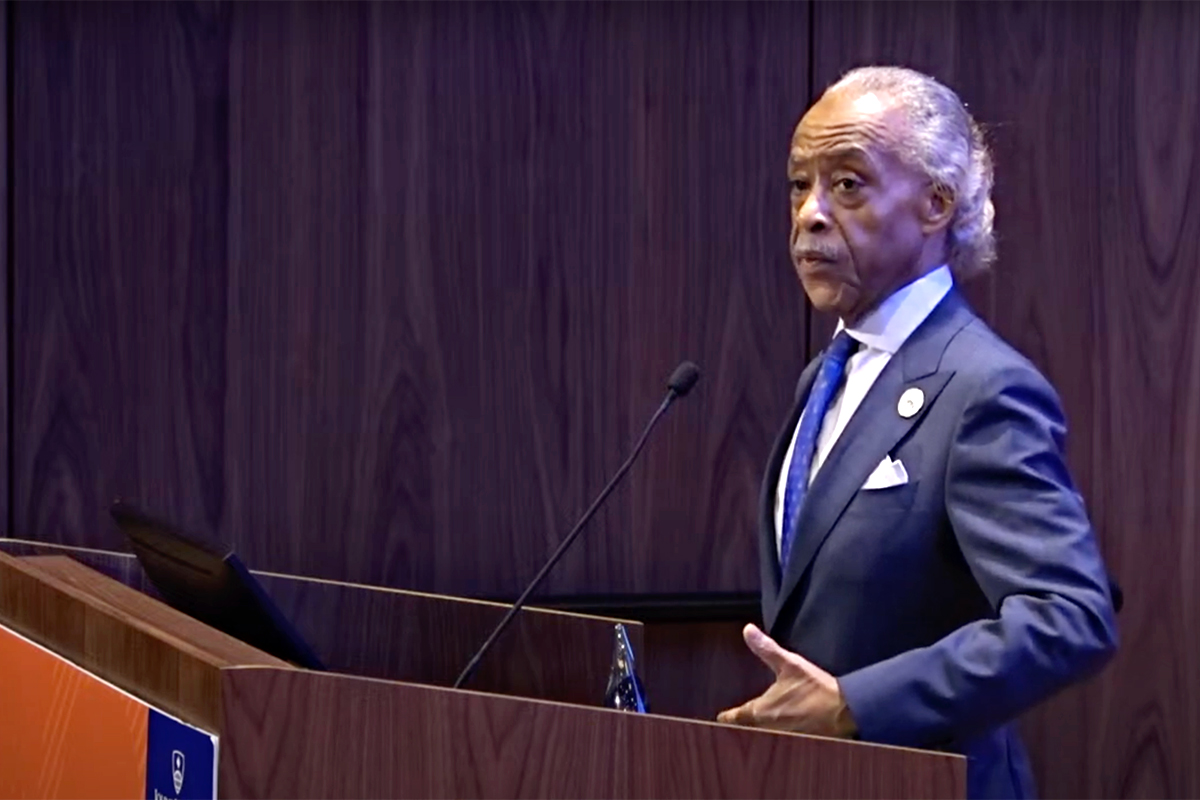To reduce gun violence, we must address root causes
While gun violence has increased in our country, there are effective solutions that can create real change in our communities, experts say
Key Takeaways:
- The gun death rate among children and teens has increased 87% over the last decade, according to the CDC, and disproportionately affects Black and brown children.
- Historically, gun violence has been met with criminal justice action—but experts and data show that solving gun violence needs a public health approach.
- Addressing the root causes of violence could reduce gun violence.
Gun violence is one of the most pressing health issues of our time—disproportionately harming young people and minorities across the U.S. More than 48,000 people died by guns in 2022, according to the Centers for Disease Control (CDC), including homicides, suicides, and accidental shootings. Gun death rates among children and teens has increased 87% over the past 10 years, and Black children and teens are 20 times more likely to die by firearm homicide than their white counterparts.
June is National Gun Violence Awareness month—a critical time to recognize and address this growing issue. Despite the harrowing statistics, researchers, advocates, and experts on preventing gun violence said they feel hopeful about potential solutions at a recent event, “HOPE Challenge: Promoting Health Equity by Reducing Gun Violence in Communities of Color,” held at the Johns Hopkins University Bloomberg Center.
“I’m a pessimistic person by nature,” said Cassandra Crifasi, an associate professor at the Johns Hopkins Bloomberg School of Public Health who studies gun violence prevention and policy. “But when it comes to reducing gun violence, I’m optimistic because we have policies, programs, and communities across the U.S. right now that are effective, and we can learn from them.”

Promoting Health Equity by Reducing Gun Violence in Communities of Color
This event, held in partnership with the Johns Hopkins Center for Gun Violence Solutions, Congressional Black Caucus Foundation, Congressional Hispanic Caucus Institute, and NMAC, focuses on reducing gun violence in communities of color to promote health equity.
For far too long, gun violence in minority communities has been treated with a criminal and legal approach, rather than with the public health resources that many communities are in desperate need of, the panelists—which included professors, anti-gun activists, and law enforcement representatives—agreed.
Solving gun violence requires getting to the root of the issue from a public health perspective, panelists added, such as addressing housing and food insecurity, unemployment, and mental health concerns that all contribute to violence. Children are 2.5 times more likely to be exposed to violence if they experience housing instability, said Fatimah Loren Drier, executive director of the Kaiser Permanente Center for Gun Violence Research and Education and a panelist at the event.
Panelists also noted that addressing blighted communities, such as vacant houses and lots, can reduce gun violence. In Philadelphia, serious crime and shootings were significantly reduced after 380 vacant lots we were cleaned and converted into open, community spaces.
“We want to convey to policymakers that it is not just individuals who are responsible for crime violence, it is the conditions in which people live,” said Daniel Webster, distinguished research scholar at the Johns Hopkins Center for Gun Violence Solutions.
Other contributing factors to gun violence include how the media reports on violent crimes and relationships with local law enforcement. Often, the media focuses more on the problems versus the community-based solutions that are working, panelists said. They said that approach can often do more harm than good, by discounting the real, effective work happening in communities. Panelists also emphasized the importance of building trust between communities, researchers, and local law enforcement starting at a young age.
“When it comes to researchers thinking about how to talk to individuals, policymakers, and community-based groups, one must acknowledge the historical relationships that already exist there,” said Nicholas Scott Meyerson, research fellow at the Center for Gun Violence Solutions. “We must understand what is at the base of the relationship, how can we fix that, and how can we come together to advocate and create policy solutions.”